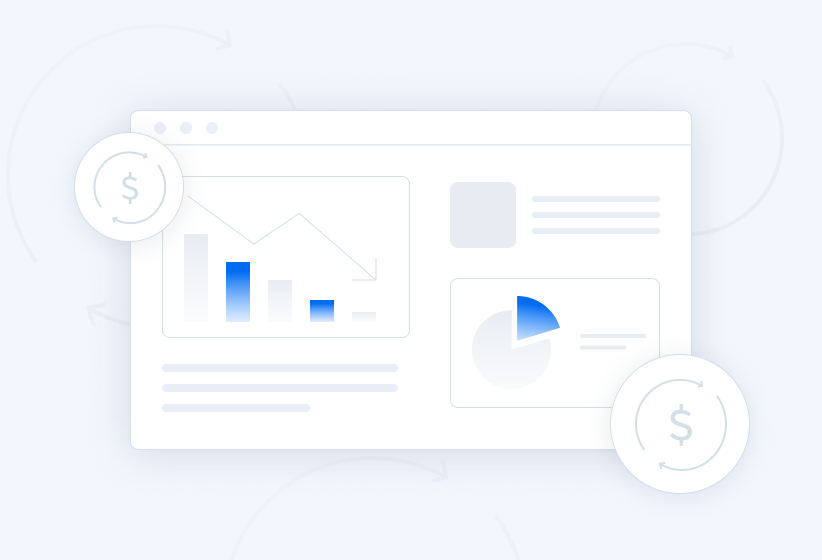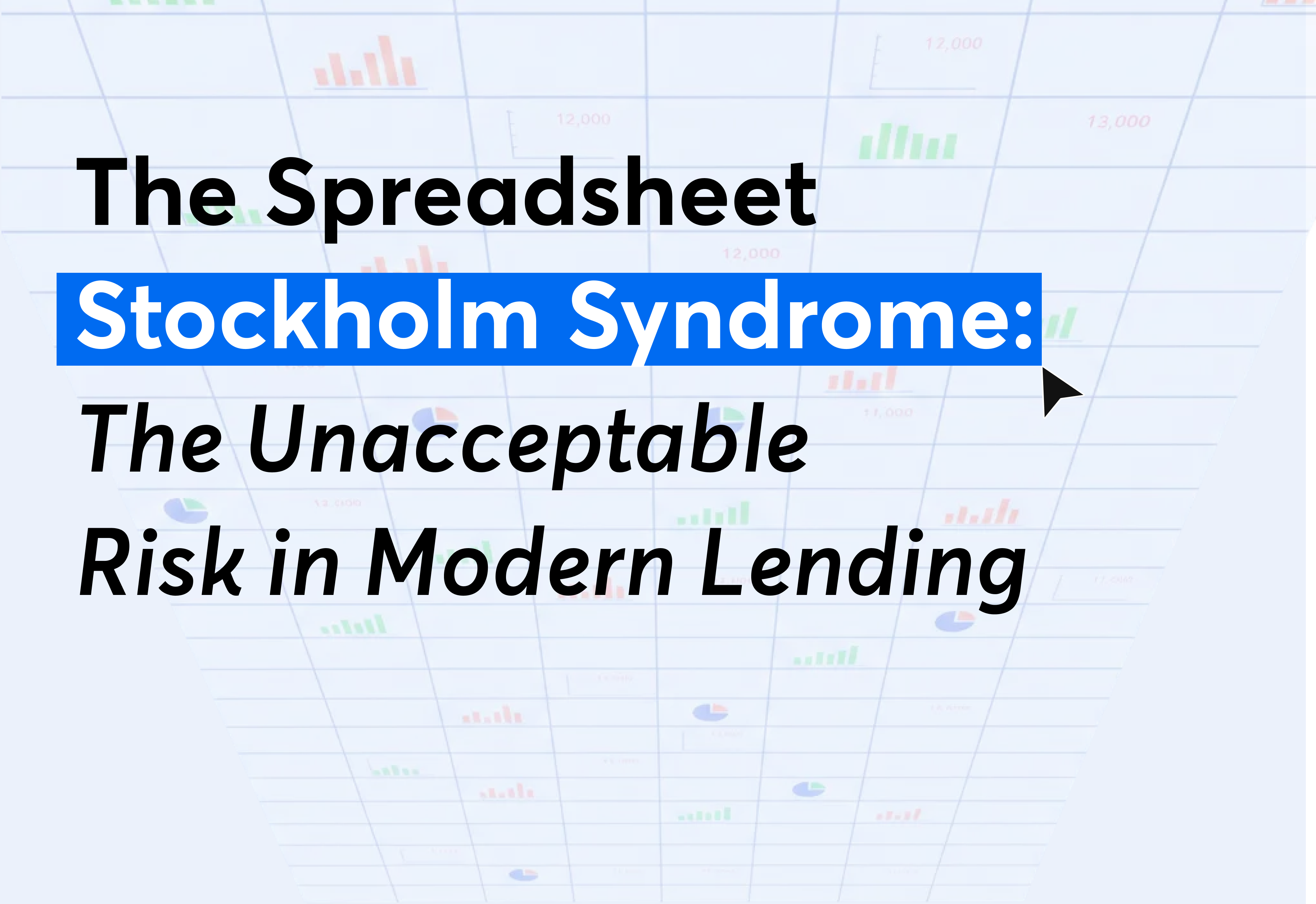ROI

May 16, 2024
4 minutes

Loan management software has become essential for non-bank lenders to grow and scale their portfolios. With the increasing complexity of loan processing, managing the entire loan lifecycle from origination to repayment can be daunting. However, with the right loan management software, lenders can streamline their operations, improve efficiency, and reduce operational costs.
Loan management platforms are designed to simplify and automate loan servicing. By leveraging technology and data-driven solutions, lenders can enhance their operational efficiency, improve client experience, and make informed business decisions. No matter the size or maturity of your organization, choosing the right loan management software is crucial for success in today's competitive market.
One of the primary reasons for upgrading to loan management software is to automate and streamline the loan servicing process. Traditional loan management often requires significant administrative effort, leading to inefficiencies and potential errors. By adopting a SaaS loan servicing platform instead of spreadsheets, lenders can leverage artificial intelligence (AI) and automation to handle repetitive tasks, such as payment schedules, while freeing up resources for more valuable customer interactions.
Automation increases operational efficiency and reduces the risk of human error. With loan management software, lenders can focus on customer communications, relationship management, and strategic decision-making, while the software handles routine administrative tasks.
When selecting a loan management software, configuration is key. Every non-bank lender has unique processes and requirements, and a one-size-fits-all solution may not suffice. The ideal software should provide easy onboarding and customization capabilities that allow lenders to tailor the platform to their unique needs.
Look for loan management software that offers a user-friendly interface and intuitive, no-code customization features. The ability to add, edit, or remove business processes should not require complex coding or IT involvement. With little training, users should be able to customize essential aspects of the platform, such as rule changes, field displays, and permission configurations.
Effective data analytics and reporting are crucial for lenders to make informed decisions and track portfolio performance. Traditional legacy systems and Excel spreadsheets lack the analytical capabilities needed to extract valuable insights from loan data. However, with modern loan management software, lenders can access customized dashboards and analytics modules that provide real-time, visual representations of loan performance, efficiency, and profitability.
Look for loan management software that offers customizable dashboards with user-friendly interfaces. These dashboards should allow lenders to analyze key factors that contribute to their strategy and decision-making process, such as loan application performance, deal quality, and other relevant metrics. The ability to generate comprehensive reports and track key performance indicators (KPIs) is essential for lenders to optimize their loan portfolios and identify areas for improvement.
A comprehensive loan management software should offer end-to-end services, covering the entire lending cycle from origination to repayment. This is particularly beneficial for small and medium-sized nonbank lenders that may lack the resources and infrastructure of larger financial institutions. Furthermore, robust loan management software ensures compliance with changing lending regulations, allowing lenders to adapt quickly and avoid potential penalties.
Staying up to date with the latest regulatory compliance standards is crucial for lenders. However, keeping track of evolving regulations is challenging and time-consuming. Failure to comply with these standards can result in severe consequences, such as fines and reputational damage. Therefore, it's essential to choose a loan management software that prioritizes compliance and provides frequent updates to ensure lenders are always in line with the latest requirements.
Look for a loan management software provider that makes it easy for you to adapt to regulatory changes. This ensures that lenders remain compliant without the need for extensive manual changes. By choosing a platform that prioritizes compliance, lenders can focus on their core business activities, confident that their loan management processes are in line with industry standards.
Loan management software has become a game-changer for non-bank lenders of all sizes. By streamlining operations, automating processes, and providing valuable insights through analytics, loan management software enables lenders to cut operational costs and improve overall efficiency. When choosing a loan management software, consider factors such as automation, simplified configuration, analytics capabilities, end-to-end services, and frequent compliance updates. By selecting the right loan management software, lenders can position themselves for success in the ever-evolving lending industry.

Data Management
Thought Leadership
Dec 1, 2025